- No products in the cart.
Aknekutan caps. 8mg 30 pc
$39.03
Aknekutan caps. 8mg 30 pc
Description
Composition
Active substance:
1 capsule contains: isotretinoin – 8.0 mg.
Excipients:
Gelyutsir® 50/13 (a mixture of polyoxyethylene stearic acid esters of glycerol) – 96.00 mg; purified soybean oil – 52.00 mg; Span 80® (sorbitan oleate – mixed esters of oleic acid and sorbitol) – 8.00 mg.
Description:
Hard gelatin capsules № 3 brown. Contents of capsules – waxy paste yellow-orange color.
Product form:
8 mg capsules.
10 or 14 capsules in a PVC blister covered with aluminum foil.
Blisters-10-N2, N3, N5, N6, N9, N10; blisters-14-N1, N2, N4, N7 in a cardboard box, together with instructions for use.
Contraindications
Pregnancy installed and planned (possible teratogenic and embryotoxic effect), lactation, liver failure, hypervitaminosis A, marked hyperlipidemia, tetracyclines concomitant therapy.
Increased sensitivity to the drug or its components.
Aknekutan® not recommended for use in children under 12 years.
Carefully.
Diabetes, a history of depression, obesity, lipid metabolism, alcoholism.
Dosage
8 mg
Indications
Severe acne (nodular – cystic, conglobata, acne with risk of scarring).
Acne is not amenable to other treatments.
Interaction with other drugs
Tetracycline antibiotics, corticosteroids reduce efficiency.
The simultaneous use of drugs that enhance the photosensitivity (including sulfonamides, tetracyclines, thiazide diuretics) increases the risk of sunburn.
The simultaneous use of other retinoids (incl acitretin, tretinoin, retinol, tazarotenom, adapalene) increases the risk of hypervitaminosis A.
Isotretinoin can weaken the effectiveness of progesterone drugs, so do not use contraceptives containing low doses of progesterone.
Combined use with local keratolytic treatments for acne is not recommended due to the possible increase of local irritation.
Because tetracyclines increase the risk of increased intracranial pressure with simultaneous application of isotretinoin is contraindicated.
Overdose
In case of overdose there may be signs of hypervitaminosis A.
In the first few hours after the overdose may require gastric lavage.
pharmachologic effect
Pharmacological group:
A treatment for acne.
Pharmacodynamics:
Isotretinoin – stereoisomer of all-trans retinoic acid (tretinoin).
The exact mechanism of action of isotretinoin has not yet been revealed, but we have found that the improvement of the clinical picture of severe acne is associated with suppression of sebaceous gland activity and a histologically confirmed decrease in their size. Sebum – the main substrate for the growth of Propionibacterium acnes, so the reduction in the formation of sebum inhibits bacterial colonization of the duct.
Aknekutan® inhibits proliferation of sebocytes and acts on acne, restoring the normal process of cell differentiation, it stimulates the regeneration process.
In addition, the proven anti-inflammatory effect of isotretinoin on the skin.
Pharmacokinetics:
Since the kinetics of isotretinoin and its metabolites is linear, its concentration in the plasma during therapy can be predicted on the basis of the data obtained after a single dose. This feature of the drug is also said that it does not affect the liver microsomal enzyme activity involved in the metabolism of drugs.
High bioavailability Aknekutana® due to large proportion of isotretinoin dissolved in the formulation and may increase under the condition the drug with food.
In patients with acne maximum plasma concentration (Cmax) in an equilibrium state after receiving 80 mg of isotretinoin were fasted 310 ng / ml (range 188 473 ng / ml) were achieved after 2 and 4:00.
Plasma concentration of isotretinoin is 1.7 times higher than in the blood, due to poor penetration of isotretinoin in erythrocytes. Communication with plasma proteins (mainly albumin) – 99.9%.
The equilibrium concentrations of isotretinoin in the blood (Css) of patients with severe forms of acne treated with 40 mg formulation twice a day 2, ranged from 120 to 200 ng / ml. Concentrations of 4-oxo-isotretinoin (major metabolite) in these patients is 2.5 times higher than that of isotretinoin.
The concentration of isotretinoin in the epidermis a 2-fold lower than in serum.
It is metabolized to form three major active metabolites – 4-oxo-isotretinoin (main), tretinoin (all-trans retinoic acid) and 4-oxo-retinoina and less significant metabolites including glucuronides well. Since the in vivo and tretinoin isotretinoin reversibly transformed into each other, metabolism associated with the metabolism of tretinoin isotretinoin. 20 30% of the dose metabolized by isomerization of isotretinoin. The pharmacokinetics of isotretinoin in man an essential role can play enterohepatic recycling.
In vitro studies showed that the conversion of isotretinoin 4-oxo-isotretinoin, and tretinoin involves several isozymes of cytochrome P450, wherein none of the isoforms, apparently does not play a dominant role.
Isotretinoin and its metabolites have no significant effect on the activity of isoenzymes of cytochrome P450.
Terminal phase half-life of isotretinoin for an average of 19 hours. Terminal phase half-life of 4-oxo-isotretinoin on average 29 hours.
Isotretinoin is excreted by the kidneys and in bile in approximately equal amounts.
It refers to natural (physiological) retinoids. Endogenous concentrations of retinoids are recovered after approximately 2 weeks after dosing.
Pharmacokinetics in special clinical situations.
Since the data on the pharmacokinetics of the drug in patients with impaired liver function are limited, isotretinoin is contraindicated in these patients.
Renal insufficiency of mild to moderate severity did not affect the pharmacokinetics of isotretinoin.
Pregnancy and breast-feeding
Pregnancy – absolute contraindication to therapy Aknekutanom®.
If pregnancy occurs despite the warnings, during treatment or within one month after completion of therapy, there is a great risk of having a child with severe developmental disabilities.
Isotretinoin – a drug with strong teratogenic. If pregnancy occurs during this period, when a woman takes oral isotretinoin (at any dose, even for a short time), there is a great risk of having a child with developmental disabilities.
Aknekutan® is contraindicated in women of childbearing potential unless the woman’s condition does not satisfy all of the following criteria:
y it should be a severe form of acne, resistant to conventional therapies;
-one must accurately understand and follow the instructions of the physician;
-one must inform the doctor about the dangers of becoming pregnant during treatment Aknekutanom®, within one month after he and urgent consultations for suspected pregnancy;
-one should be warned about the possible failure of contraception;
-one must confirm that understands the precautions;
-one must understand the need to continuously use an effective contraceptive method for one month before treatment Aknekutanom®, during treatment and for one month after its closure (see “Interaction with other drugs.”); desirable to simultaneously use two different methods of contraception, including barrier;
y it should be a negative result is reliable pregnancy test within 11 days prior to taking the drug; pregnancy test is highly recommended monthly during treatment and 5 weeks after the end of therapy;
-one must begin treatment Aknekutanom® only 2-3 days following the normal menstrual cycle;
-one must understand the need for a mandatory visit to the doctor every month;
-with treatment for recurrence of the disease, she should always use the same effective methods of contraception for one month before starting treatment Aknekutanom®, during treatment and for one month after its completion, as well as go through the same reliable pregnancy test;
-one must fully understand the need for precautions and confirm their understanding and desire to use reliable methods of contraception, she explained the doctor.
The use of contraceptives on these guidelines during treatment with isotretinoin should be encouraged even those women who do not normally use contraceptive methods because of infertility (except for patients who have undergone a hysterectomy), amenorrhea, or who report that are not sexually active.
The physician should be sure that:
-patsientka suffers severe acne (nodulocystic, acne conglobata or acne with risk of scarring); Acne is not amenable to other treatments;
-Obtain significant negative pregnancy test prior to administration of the drug during therapy, and 5 weeks after the end of therapy; dates and results of pregnancy tests should be documented;
-patsientka uses at least one, preferably two, effective contraceptive methods, including barrier method, within one month before starting treatment Aknekutanom®, during treatment and for one month after its closure;
-patsientka able to understand and comply with all of the above requirements for the prevention of pregnancy;
-patsientka meets all the above conditions.
Pregnancy test.
In accordance with current practice, a pregnancy test with minimum sensitivity mME 25 / ml should be carried out in the first 3 days of the menstrual cycle:
Prior to starting therapy:
-To exclude the possibility of pregnancy prior to the use of contraceptives and the result of the date of initial pregnancy test should be registered doctor. Patients with irregular menstrual periods while holding pregnancy test depends on the sexual activity, it should be carried out 3 weeks after unprotected intercourse. The physician should inform the patient about contraception.
pregnancy-test is carried out on the day of the appointment Aknekutana® or 3 days prior to the patient visit. Specialist should record the test results. The drug can be assigned only to patients who receive effective contraception for at least 1 month before starting therapy Aknekutanom®.
During therapy:
-patsientka should visit the doctor every 28 days. The need for a monthly pregnancy testing is determined according to local practice and taking into account the sexual activity prior to the menstrual cycle. Where indicated, a pregnancy test is conducted on the day of the visit or 3 days before the visit to the doctor, the test results should be registered.
Ending therapy:
-through 5 weeks after the end of therapy, a test to exclude pregnancy.
Aknekutan® prescription for woman, fertility, can only be issued on the 30 days of treatment, the continuation of treatment requires a new prescription of a doctor medication.
It is recommended to test for pregnancy, prescribing and obtaining medication to spend in one day.
If, despite the precautions taken during treatment Aknekutanom® or within one month after the end of pregnancy yet occurred, there is a high risk of very severe fetal malformation.
In the event of pregnancy Aknekutanom® therapy is stopped. Should discuss the desirability of continuing the pregnancy with a doctor who specializes in Teratology.
As isotretinoin is highly lipophilic, it is very likely that it passes into breast milk. Because of the possible side effects Aknekutan® should not be prescribed to nursing mothers.
male patients.
Existing evidence suggests that women drug exposure, delivered from the semen and the semen of men taking Aknekutan®, is not sufficient for the emergence of teratogenic effects Aknekutana®.
Men should exclude the possibility of the drug by other persons, especially women.
Conditions of supply of pharmacies
On prescription.
side effects
Most side effects are dose dependent. Usually, side effects are reversible after dose adjustment or discontinuation of the drug, but some may persist after treatment has stopped.
Symptoms associated with hypervitaminosis A: dry skin, mucous membranes, including lips (cheilitis), nasal cavity (bleeding), larynx and pharynx (hoarseness), eye (conjunctivitis, corneal clouding and reversible intolerance of contact lenses).
Skin and appendages: skin peeling palms and soles, rash, pruritus, facial erythema / dermatitis, sweating, pyogenic granuloma, paronychia, onychodystrophy, increased proliferation of granulation tissue, persistent hair thinning, reversible hair loss, fulminant form of acne, hirsutism, hyperpigmentation, photosensitivity, light skin traumatized. Early treatment can occur exacerbation of acne that persists for several weeks.
Musculoskeletal system: muscle pain with increased levels of creatine kinase in serum or without it, joint pain, hyperostosis, arthritis, calcification of ligaments and tendons, tendinitis.
Central nervous system and mental health problems: excessive fatigue, headache, increased intracranial pressure ( “brain pseudotumor”: headache, nausea, vomiting, blurred vision, swelling of the optic nerve), seizures, rare – depression, psychosis, suicidal thoughts.
Senses: xerophthalmia, individual cases of violations of visual acuity, photophobia, impaired dark adaptation (decrease in visual twilight vision), rarely – a violation of color (going after drug discontinuation), lenticular cataract, keratitis, blepharitis, conjunctivitis, eye irritation, optic neuritis, swelling of the optic nerve (as manifestation of intracranial hypertension); impaired hearing at certain frequencies of sound, difficulty wearing contact lenses.
Gastrointestinal: dryness of the oral mucosa, bleeding gums, gingivitis, nausea, diarrhea, inflammatory bowel disease (colitis, ileitis), bleeding; pancreatitis (especially with concomitant hypertriglyceridemia higher than 800 mg / dl). Described rare cases of pancreatitis with fatal consequences. Transient and reversible increases in liver transaminases, some cases of hepatitis. In many cases, these changes do not go beyond the limit of normal and returned to baseline performance during the treatment, but in some cases there was a need to reduce the dose or cancel Aknekutan®.
respiratory system: rarely – bronchospasm (more frequently in patients with bronchial asthma in history).
blood system: anemia, reduced hematocrit, leukopenia, neutropenia, an increase or decrease in platelet count, erythrocyte sedimentation rate acceleration.
Laboratory findings: hypertriglyceridemia, hypercholesterolemia, hyperuricemia, decrease in high-density lipoprotein, rarely – hyperglycemia. During the reception Aknekutana® have been reported cases of new-onset diabetes. In some patients, particularly those engaged in strenuous described isolated cases increase in serum CK activity.
Immune system: local and systemic infections caused by Gram-positive pathogens (Staphylococcus aureus).
Others: Lymphadenopathy, hematuria, proteinuria, vasculitis (Wegener’s granulomatosis, hypersensitivity vasculitis), systemic hypersensitivity reactions, glomerulonephritis.
Teratogenic and embryotoxic effects of congenital malformations – hydro- and microcephaly, hypoplasia of cranial nerves, microphthalmia, cardiovascular malformations, parathyroid disorders skeletal development – underdevelopment of the finger phalanges, skull, cervical vertebrae, femur, ankle, forearm, facial skull, cleft palate, the low position of ears, the ears hypoplasia, hypoplasia or complete absence of the external auditory meatus, herniation of the brain and spinal cord, bone fusion, fusion fell ant hands and feet, disorders of the thymus; fetal death in the perinatal period, premature birth, miscarriage), premature closure of the epiphyseal growth zones; experiment on animals – pheochromocytoma.
special instructions
It is recommended to control the function of the liver and liver enzymes prior to treatment, within 1 month after the start and then every 3 months or indicated. Observed a transient and reversible increase in liver transaminases, in most cases within the normal range. If the level of liver transaminases above the norm, it is necessary to reduce the dose or cancel it. It is necessary to determine the level of lipids in the serum of fasting before treatment, 1 month after the start and then every 3 months or as indicated. Typically, a lipid concentration normalized after decreasing the dose or discontinuation of the drug, but also with diet. It is necessary to control a clinically significant increase in triglycerides, as they rise above 800 mg / dl or 9 mmol / l can be accompanied by development of acute pancreatitis, possibly with fatal consequences.
When resistant hypertriglyceridemia or symptoms of pancreatitis Aknekutan® should be abolished. In rare cases, patients treated with Aknekutan® described depression, psychotic symptoms, and very rarely – suicide attempts. Although their causal relationship to the use of the drug has not been established, you must take special care in patients with a history of depression and observe all patients for the occurrence of depression in the course of drug treatment, referring them to a specialist if necessary. However Aknekutana® cancellation can not lead to the disappearance of symptoms and may need further observation and treatment by a specialist.
In rare cases, therapy is celebrated at the beginning of the exacerbation of acne, which takes place within 7-10 days without a correction dose.
In appointing the drug to any patient should first carefully weigh the potential benefits and risks.
Patients receiving Aknekutan®, it is recommended to use a moisturizing cream or body cream, lip balm to reduce the dryness of the skin and mucous membranes at the beginning of therapy.
While taking Aknekutana® may be pain in muscles and joints, increased creatinine phosphokinase serum, which may be accompanied by a reduction in tolerability intense exercise.
Avoid carrying out a deep chemical dermoabrazii and laser treatment in patients receiving Aknekutan® and within 5-6 months after treatment because of the potential power of scarring in atypical areas and the occurrence of hyper- and hypopigmentation. During treatment Aknekutanom® and for 6 months after hair removal can not be performed with the help of applications of wax due to the risk of detachment of the epidermis, the development of scarring and dermatitis. Because some patients may experience a decrease in the severity of night vision, which sometimes persists after the end of therapy, patients should be informed about the possibility of this state, encouraging them to use caution when driving at night. Status of visual acuity should be carefully monitored. Dryness of the conjunctiva of the eye, corneal opacity, Decreased night vision and keratitis usually disappear after discontinuation of the drug. When the mucous membrane of dry eye can be used application moisturizing eye ointment or preparation of artificial tears. Should be monitored in patients with dryness of the conjunctiva for the possible development of keratitis. Patients complained of vision, should be sent to the ophthalmologist and to consider whether to cancel Aknekutana®. Intolerance to contact lenses at the time of therapy should be used glasses.
Should limit the impact of the solar insolation and UV treatment. If necessary, use a sunscreen with a high shielding factor of not less than 15 SPF.
Described rare cases of benign intracranial hypertension ( “brain pseudotumor”) including the combined use with tetracyclines. These patients should be lifted immediately Aknekutan®.
In therapy Aknekutanom® may cause inflammatory bowel disease. In patients with severe hemorrhagic diarrhea should immediately cancel Aknekutan®.
Described rare cases of anaphylactic reactions that occurred only after prior external application of retinoids. Severe allergic reactions necessitate discontinuation of therapy and careful monitoring of the patient.
Patients at high risk (diabetes, obesity, alcoholism or disorders of lipid metabolism) Aknekutanom® the treatment may require more frequent laboratory control of glucose and lipid. In the presence of diabetes or suspected, it is recommended more frequent blood glucose determination.
Patients with diabetes are recommended more frequent monitoring of blood glucose.
The period of treatment is necessary to exercise caution when driving a motor and other lesson. Potentially hazardous activities that require high concentration and psychomotor speed of reaction (when receiving the first dose).
During the period of treatment and for 30 days after it is necessary to completely eliminate the blood samples from potential donors in order to avoid any possibility of getting this blood pregnant patients (high risk of teratogenic and embryotoxic action).
Storage conditions
In a dry place, protected from light, out of reach of children at a temperature not higher than 25 C.
Dosing and Administration
Inside, preferably at meal time, 1-2 times a day.
Aknekutana® therapeutic efficacy and side effects are dose dependent and vary between patients. This makes the need for individual titration during treatment.
Начальная доза Акнекутана® – 0,4 мг/кг в сутки, в некоторых случаях до 0,8 мг/кг в сутки. При тяжелых формах заболевания или с акне туловища может потребоваться доза до 2 мг/кг в сутки.
Оптимальная курсовая кумулятивная доза – 100-120 мг/кг. Полная ремиссия достигается обычно за 16-24 недель. При плохой переносимости рекомендованной дозы лечение можно продолжить в меньшей дозе, но более длительно.
Most patients with acne disappear completely after a single course of treatment.
При рецидиве возможно проведение повторного курса лечения в той же суточной и кумулятивной дозе. Повторный курс назначают не ранее 8 недель после первого, так как улучшение может носить отсроченный характер.
При тяжелой хронической почечной недостаточности начальная доза должна быть уменьшена до 8 мг/сутки.
Information
Appearance may differ from that depicted in the picture. There are contraindications. You need to read the manual or consult with a specialist
Additional information
| Weight | 0.100 kg |
|---|---|
| Manufacturer | JADRAN |

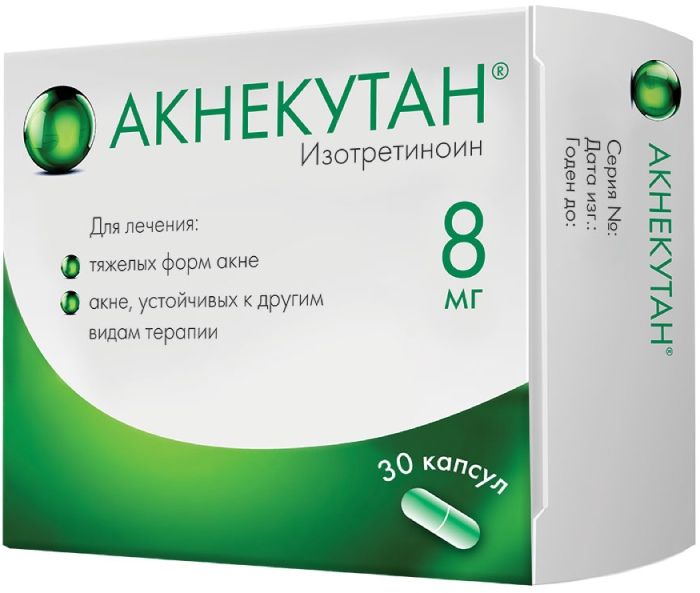


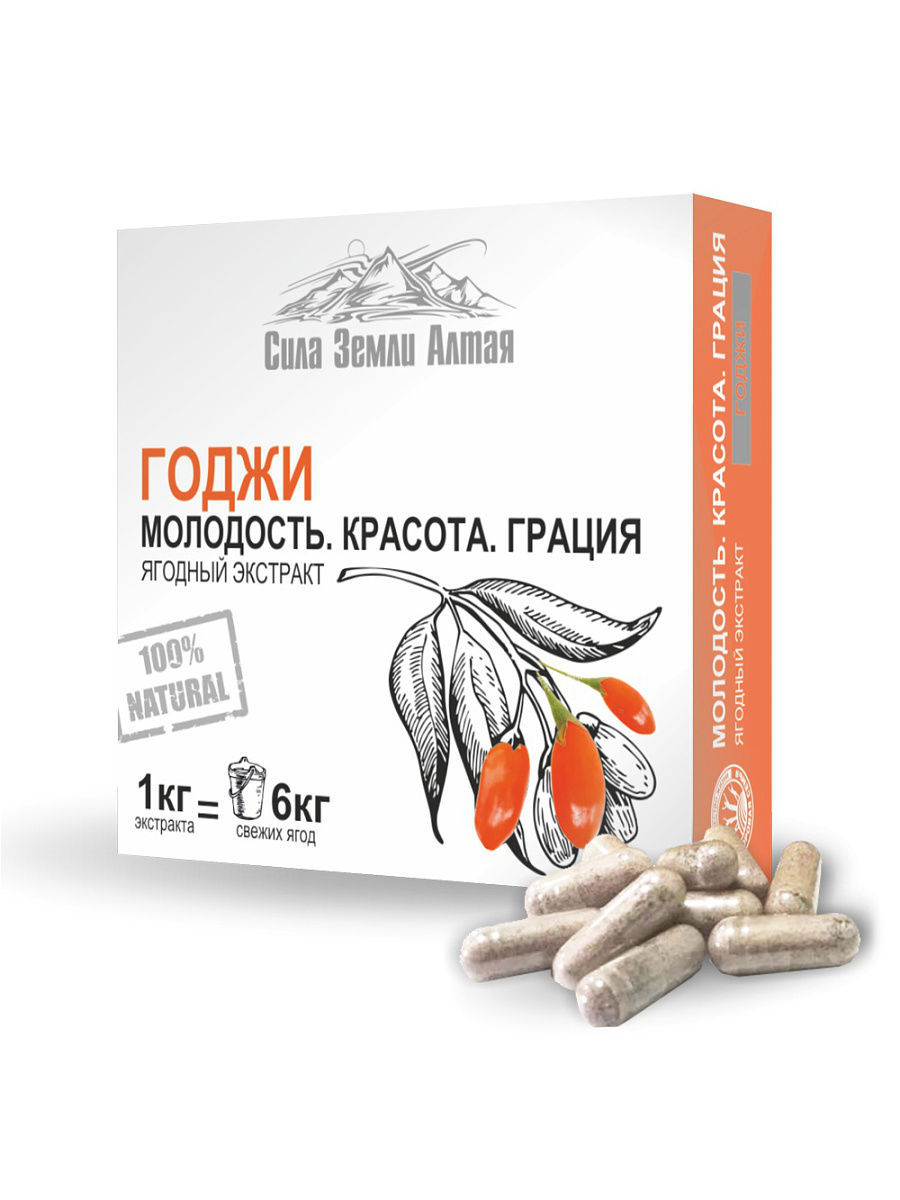


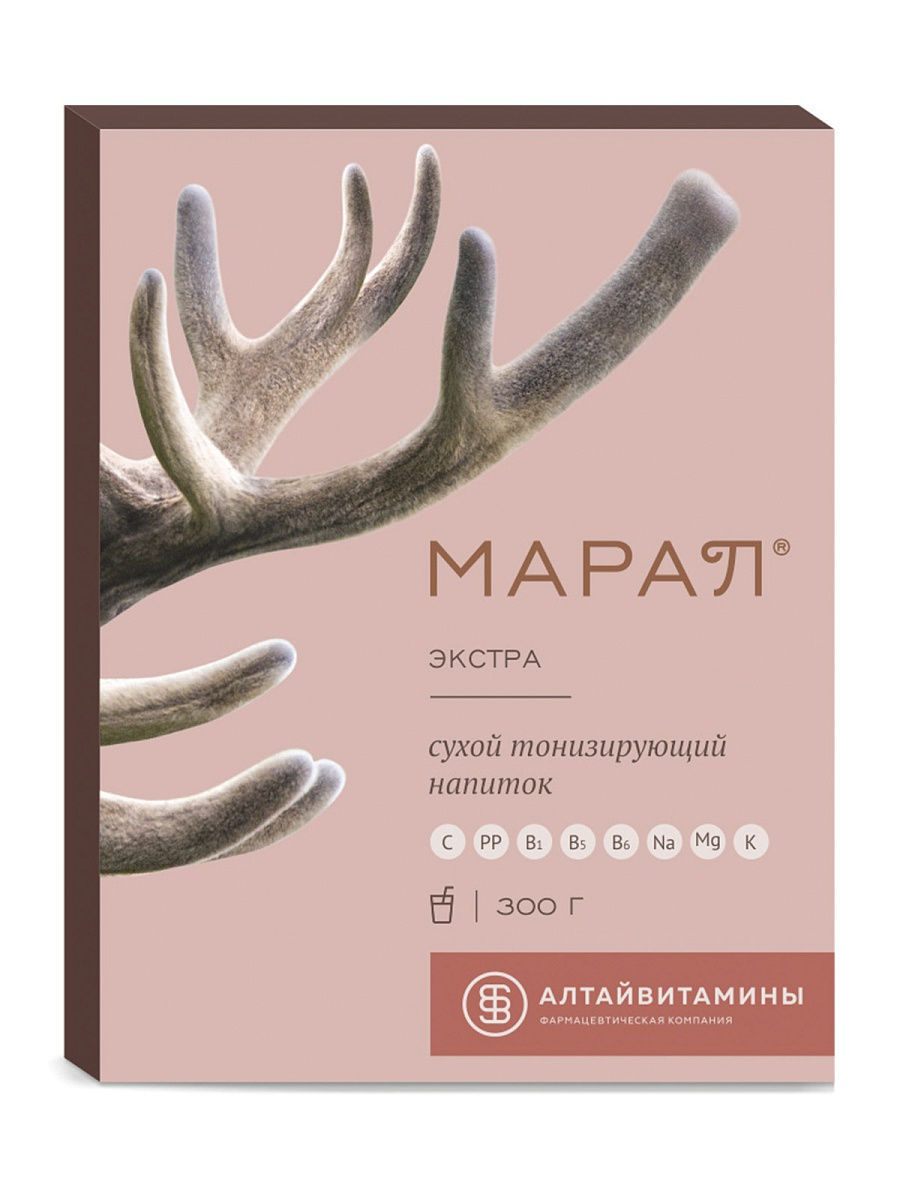
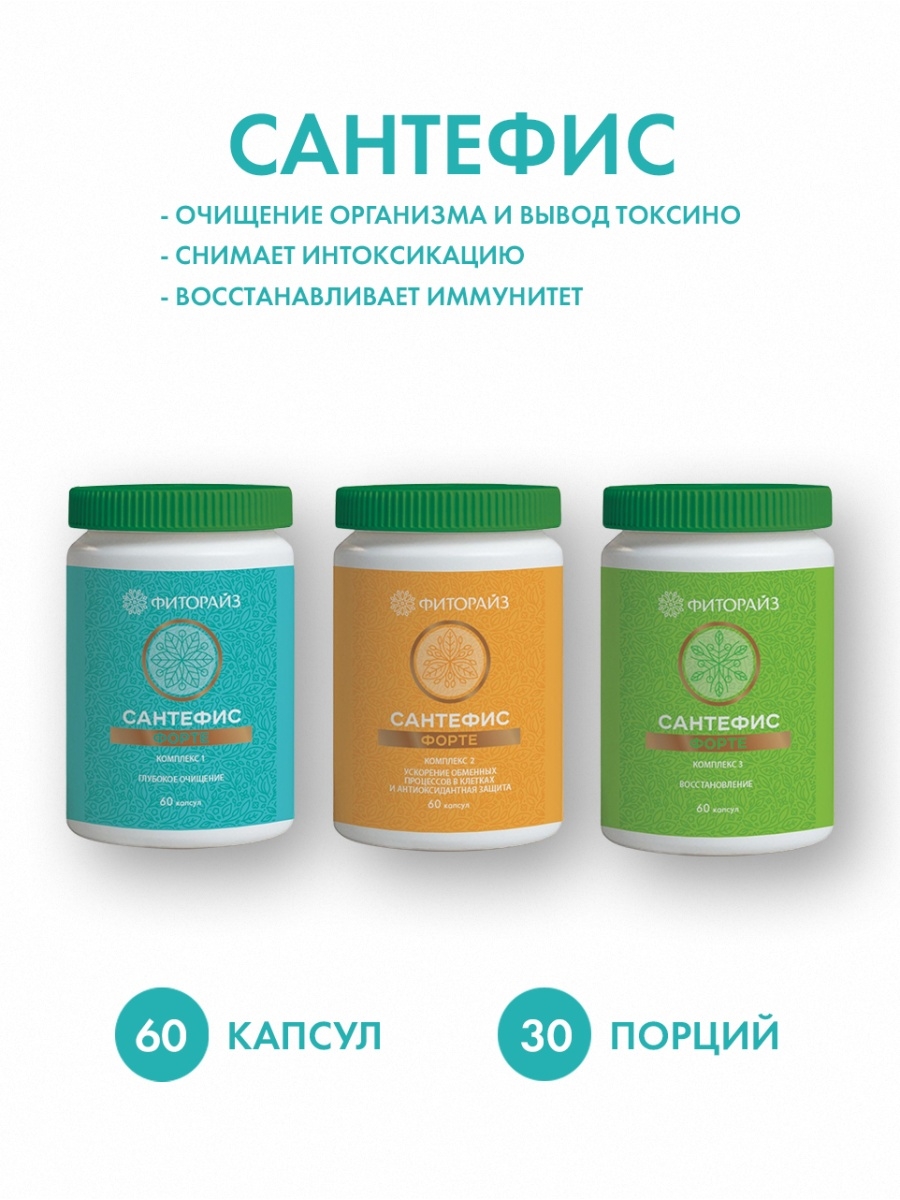
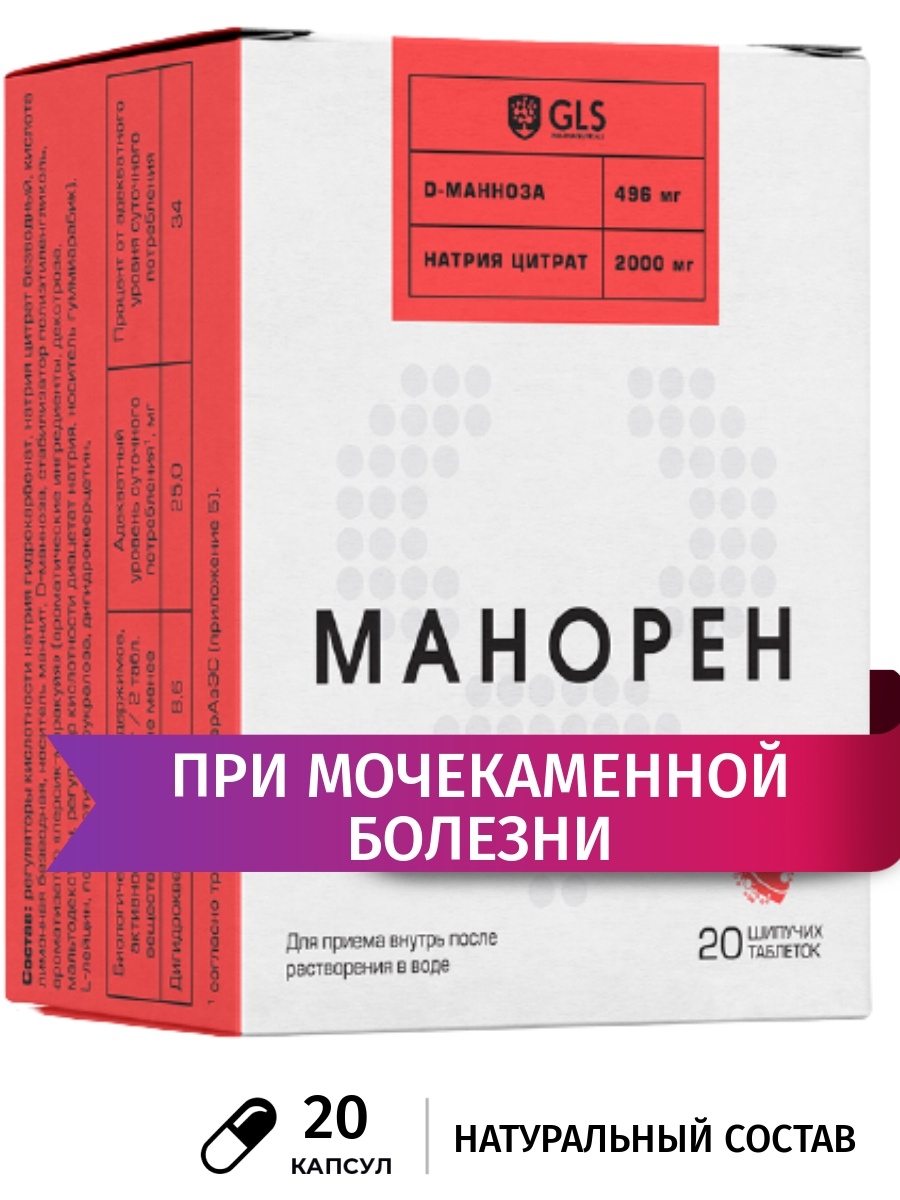




There are no reviews yet.